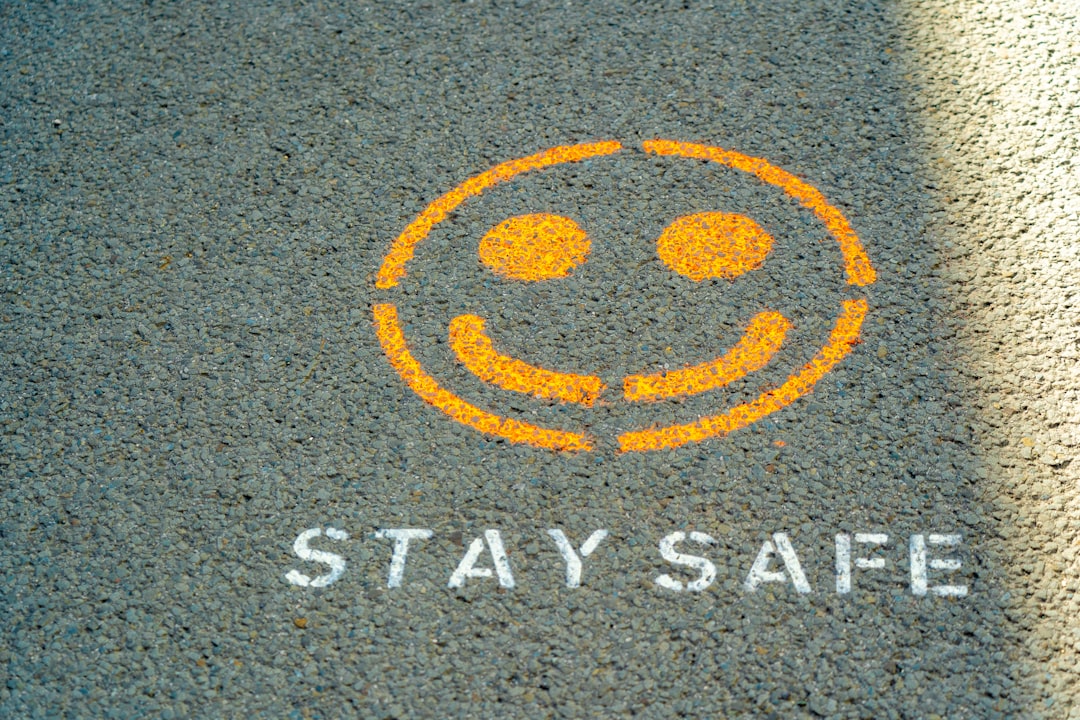- Teaching Clicks
- Posts
- The Critical Role of Psychological Safety in Teaching
The Critical Role of Psychological Safety in Teaching
How creating a safe learning environment makes teaching more effective

As educators, coaches, and trainers, our goal is to foster an environment where learning can thrive. But for many students and participants, the journey to success is riddled with roadblocks – not just academic or physical, but emotional as well. From school-age learners to college students to adult learners, the COVID-19 pandemic ushered in a gap in emotional development and expression as well as an academic one.
Creating an atmosphere of psychological safety is key to helping recover the full potential of our learners.
Psychological safety is a shared belief that it’s safe to take risks, express ideas, and be vulnerable without fear of negative repercussions.
This type of setting encourages creativity, experimentation, and ultimately learning – all essential building blocks for a successful educational experience. Here, we'll explore the concept of psychological safety and its significance in teaching and instruction. We will also delve into creating safe learning environments and enhancing learning outcomes for everyone involved.
Why do we need psychological safety in teaching?
Psychological safety is a term that you might have heard being thrown around a lot these days, especially in the context of workplace culture. But, as it turns out, it's equally important in teaching and instruction.
In a nutshell, psychological safety refers to the feeling of being able to express yourself without the fear of unpleasant consequences. For learners, this means feeling comfortable making mistakes, asking questions, and sharing their thoughts – all essential aspects of the learning process.
Importance of psychological safety for learners
So, why is psychological safety important? Simply put, without psychological safety, learners tend to focus on self-preservation rather than learning. They become afraid of taking risks, asking questions, or speaking up — behaviors that stifle their growth and impede their progress. Instructors who prioritize psychological safety, on the other hand, foster trust, open communication, and a positive learning environment. It encourages learners to take risks, experiment, and engage in the learning process without fear of failure or judgment.
Psychological safety plays a critical role — not just in a course or classroom, but in any coaching or consulting environment. It forms the foundation on which clients can learn, grow, and feel at ease. All coaches and consultants can create practices that foster psychological safety, regardless of whether they're directly linked to the topic at hand.
Imagine a learning environment where clients feel comfortable, confident, and ready to learn. Sounds great, right? And that's precisely the magic psychological safety brings to the table. As a coach or consultant, your role isn't just guiding your clients towards their goals, but also ensuring they feel secure and appreciated along the way.
Understanding psychological safety: Amy Edmondson’s Work
The term psychological safety was first introduced by organizational psychologist Amy Edmondson in the 1990s. Her research revealed that teams with high psychological safety were more likely to adopt learning behaviors, collaborate effectively, and ultimately perform better in the long run.
Drawing from Edmondson's work, we can see that psychological safety has a direct impact on learning outcomes. When learners feel safe and secure in their environment, they are more likely to take risks, explore new concepts, and actively engage in the learning process, leading to better results overall.
Recognizing a lack of psychological safety
Here are some signs that psychological safety might be lacking in a learning environment:
Learners are quiet – they may be hesitant about contributing ideas or asking questions.
Learners rarely provide feedback or share personal experiences.
Learners show physical signs of anxiety or discomfort in group activities.
Learners stop attending discussions.
Building psychological safety for learners
To create a supportive learning environment, educators must actively work on fostering psychological safety. Here's a step-by-step guide to help you get started:
Establish trust: Begin by building trust with your learners. Be open, transparent, and authentic. Show empathy and understanding when they make mistakes or face challenges.
Encourage open communication: Create an environment where learners feel comfortable sharing their ideas, questions, and concerns. Encourage them to express their opinions without fear of repercussions.
Model emotional vulnerability: As an educator, be willing to admit your own mistakes and vulnerabilities. This encourages your learners to do the same and fosters a culture of learning from each other.

Tips and best practices for teachers
Acknowledge and celebrate learner successes, no matter how small. Recognizing their achievements helps people feel connected and interested in trying.
Encourage learners to ask questions and contribute their thoughts. By fostering an environment where curiosity is valued, you empower learners to actively engage in the learning process.
Create opportunities for small-group discussions and collaborative activities. These interactions promote peer learning, critical thinking, and the development of communication skills.
Overcoming common challenges in establishing psychological safety
Sometimes, psychological safety can be challenging to achieve in a learning environment. Here are some common obstacles and ways to overcome them:
Time constraints: Creating a safe space takes time, and educators often have limited instructional time. One solution is to establish expectations and time limits for discussion at the beginning of a session. Provide an outlet for questions or comments that might go over time limits or for learners who may not be ready to share publicly.
Resistance from learners: Some learners may resist opening up or participating in discussions due to past negative experiences. In these cases, it's essential to be patient, provide support, and consistently model and reinforce the behaviors of speaking up and acceptance of others’ thoughts.
Fear of vulnerability: Some learners might feel afraid to show their vulnerabilities in front of others. Instructors can tackle this by first expressing some of their own vulnerabilities, creating a safe space for learners to do the same.
Negative influence from other participants: Sometimes, negativity or bullying from other participants can harm the psychological safety of the learning environment. Address these issues promptly if they happen by verbally supporting the speaker’s willingness to share and redirecting the conversation. Establish guidelines for discussion that encourage learners to be open-minded and supportive of each other’s opinions. Remind the group that your discussions are safe spaces where everyone feels free to express their thoughts without fear of being judged or criticized.
Cultural barriers: In multicultural learning environments, cultural misunderstandings can pose a challenge. Instructors should educate themselves about different cultures and encourage open discussions about cultural differences to promote understanding and respect.
For further reading
“Just Listen” by Mark Goulston
"The Fearless Organization: Creating Psychological Safety in the Workplace for Learning, Innovation, and Growth" by Amy C. Edmondson
"The 4 Stages of Psychological Safety: Defining the Path to Inclusion and Innovation" by Tim Clark
“Belonging: The Science of Creating Connection and Bridging Divides” by Geoffrey L. Cohen

